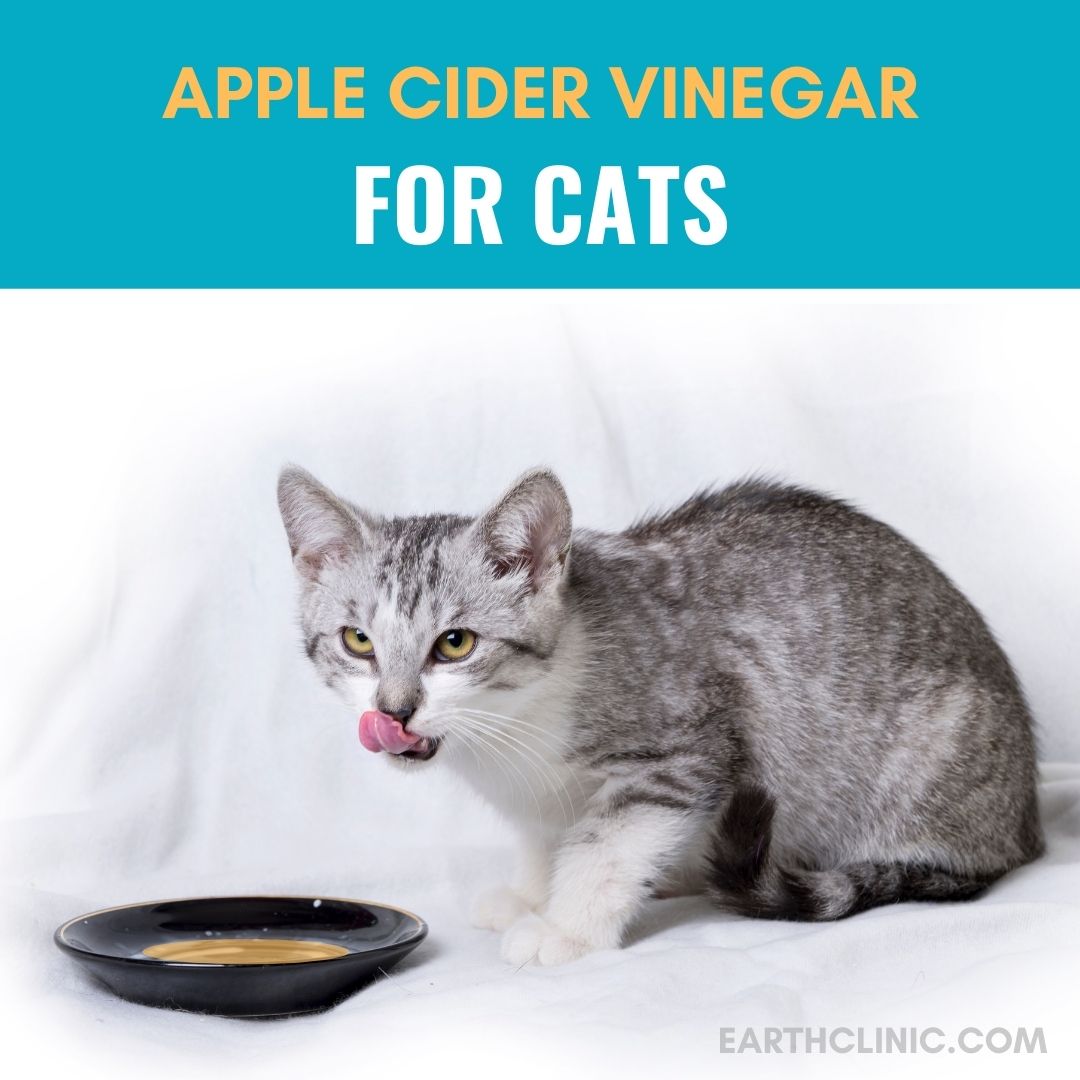
Apple cider vinegar is a must-have natural remedy if you own cats! This versatile home remedy is effective for many health conditions in pets, including cats. Whether used internally or externally, apple cider vinegar can help address many common issues your cat may encounter, such as fleas, urinary tract disorders, and ear infections.
What Kind of Apple Cider Vinegar Should I Use for My Cat?
For health purposes, raw and organic apple cider vinegar is essential. This type of vinegar is widely available online, at health food stores, and in larger grocery stores.
How Do I Use Apple Cider Vinegar Externally for My Cat?
Always dilute apple cider vinegar when using it externally for your cat. A typical dilution is 1/2 cup apple cider vinegar mixed with 1/2 cup pure water (spring or distilled). To apply it topically, place the solution in a jar or spray bottle. Be careful to avoid contact with your cat's eyes.
Your cat might not appreciate the smell or taste of apple cider vinegar, but it's a safer alternative to many medications for various conditions. If your cat licks off the vinegar during grooming, don't worry—it’s safe for internal use as well.
This vinegar solution is particularly effective when sprayed onto your cat's fur to repel fleas. If your cat finds being sprayed stressful, you can apply the solution with a paper towel or use a cotton ball to apply it to the back of the neck, which can also help repel fleas or treat infections.
To treat infections on broken skin, ringworm, or pinkeye, mix 2 teaspoons of apple cider vinegar in 1 cup of distilled or spring water. Apply this solution to the scruff of the neck twice a day.
For ear infections, mix 1/2 tablespoon of raw apple cider vinegar with 1/2 tablespoon of rubbing alcohol. Use a few drops in each ear twice a day, or apply the solution with a cotton ball to clean the visible part of the ear if it's "gunky."
Learn How to Apply Apple Cider Vinegar to Your Cat
Watch Earth Clinic's video tutorial on how to apply a topical solution to your cat or dog gently. Your pet will appreciate the gentle approach!
How Do I Use Apple Cider Vinegar Internally for My Cat?
Apple cider vinegar can be mixed into your cat's wet food twice daily for internal use.
Dosage for Apple Cider Vinegar for Cats
Cat's Weight Dosage of Apple Cider Vinegar
15-20 pounds 1/2 teaspoon
7-14 pounds 1/4 teaspoon
4-6 pounds 1/8 teaspoon
Under 4 pounds 5 drops
Alternatively, add apple cider vinegar to your cat's drinking water. Mix 1/2 - 1 teaspoon into a cup of water. If your cat doesn't like the taste, try adding a pinch of baking soda to neutralize the acidity.
Apple cider vinegar effectively treats bladder problems, urinary tract infections, respiratory infections, allergies, and asthma in cats. Internal use may also help repel fleas and other parasites.
Have you tried apple cider vinegar for your cat? We'd love to hear about your experience! Read on to see how others have successfully used apple cider vinegar for their cats!



